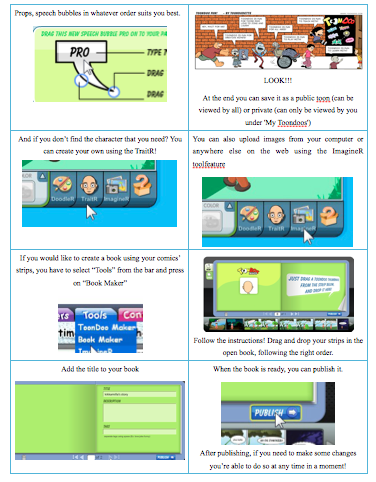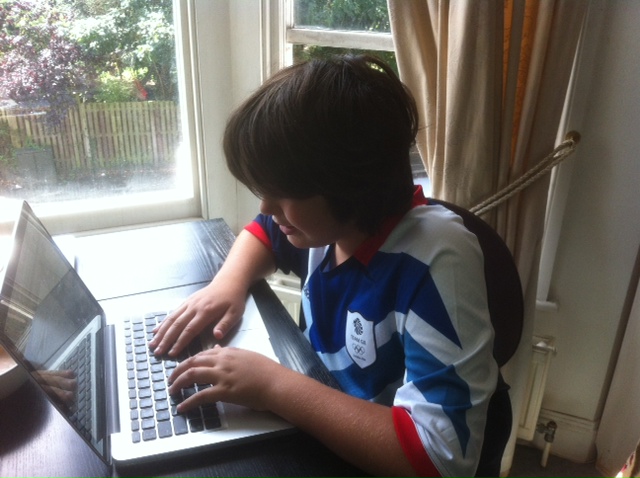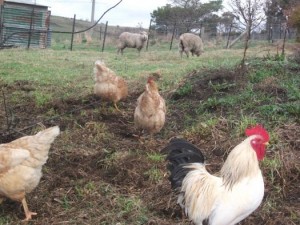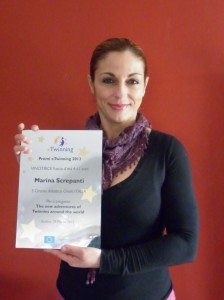
eTwinning is part of the LLP programme (Longlife Learning Programme). It was born in 2005 and in seven years it has been joined by lots of teachers from all over Europe. It can be considered one of the widest communities of teachers in the world. They can meet there, discuss, share and work together in a really collaborative way, giving life to creative and original projects able to motivate students but, I’d also say teachers too.
Lately eTwinning is thought of as a sort of social network both by teachers and especially by students who normallly use the Twinspace to communicate with their partners peers or to upload and have a look at project materials, without realizing that at the same time they are “working“ and learning .
This is in fact the extra value of eTwinning: pupils work and learn without even realizing they are “studying”.
Students in fact have the opportunity to improve their ICT skills using the eTwinning tools such as the “pupils’ corner”,a corner especially designed for them in the project’s Twinspace, where students from different countries can easily stay in touch writing messages and letters, sharing materials and proposing personal ideas or stating their opinions. Moreover working on the eTwinning projects gives students the opportunity to know and familiarize with a lot of useful tools and softwares that can enrich their projects .
.
The platform offers a series of tools that can be used in the development of the project, however, plenty of tools can be also found in the net or suggested by the NSS or the CSS or by the project’s partners. This creates an innovation in the work which increases the quality not only of the products and the results, but additionally of the educational processes. This then leads to acquiring a real technological competence.
So we can say that eTwinning is training to practice all of the expressive possibilities offered by digital communication: images, videos, audio resources, texts, digital presentations, videoconferences and combinations of these. Geometry or maths http://www.etwinning.net/it/pub/profile.cfm?f=2&l=en&n=38463 or science http://www.youtube.com/watch?v=ysEvwDphxNo made using technology. So these subjects become interactive, creative, original , in a word innovative and they motivate students to study them.
I think that the first benefits from this experience are for teachers. Personally, I have learnt a lot from the co-founder of my project “The new adventures of the Twinnies around the world” http://new-twinspace.etwinning.net/web/p33902 , winner of the European Prize 2012, in terms of ICT skills. As all materials have to be shared with the partners uploading them in the platform, it leads to learning how to manage it with the help of either their partners or of the National agencies that are always present with their assistance or using demo’s able to explain how to use the tools. In this way all of the teachers’ new knowledge can be transferred to their students.
Another extra value is that it offers a new enthusiastic way to study school subjects. There are in fact plenty of eTwinning projects about their learning. They didn’t act because they received feedback from a teacher to do better, they decided for themselves, which score was enough for their expectations and which actions to take when they achieved a low score; re-try or move onto a new task. This study shows the importance of understanding children’s idea of learning.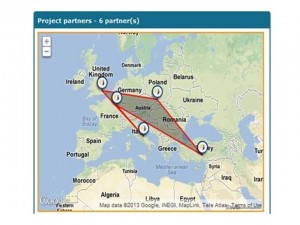
Usually an etwinning project gives the opportunity to use a lot of tools, such as e-mails, chat rooms, slide shows, images’ galleries, audio files, blogs, videoconferences, wiki, power-point presentations, e-books,…Comparing eTwinning and traditional teaching methods, the first uses a methodology based on investigation, creativity, interdisciplinarity and abundance of images, sounds, sources in general. It provides students with the opportunity to “see” what they are learning, to investigate using different sources and tools, to “create” using a great variety of instruments and especially to communicate, studying. All of the activities supported by the use of ICT lead to an increase of the students’ motivation. They diversify the quality of the project and increase its achievement. Starting working on eTwinning is easy ! Clicking on www.etwinning.net and follow the instructions to register, all teachers could have a look at a great variety of projects that will lead them and their students to open their minds improving at the same time their ICT skills .






